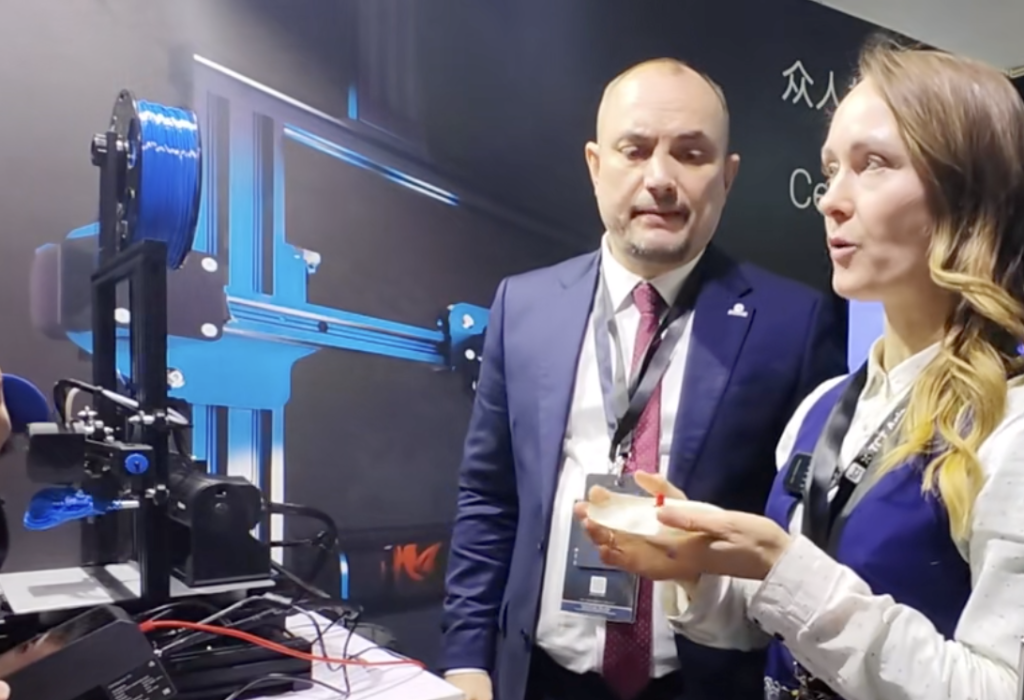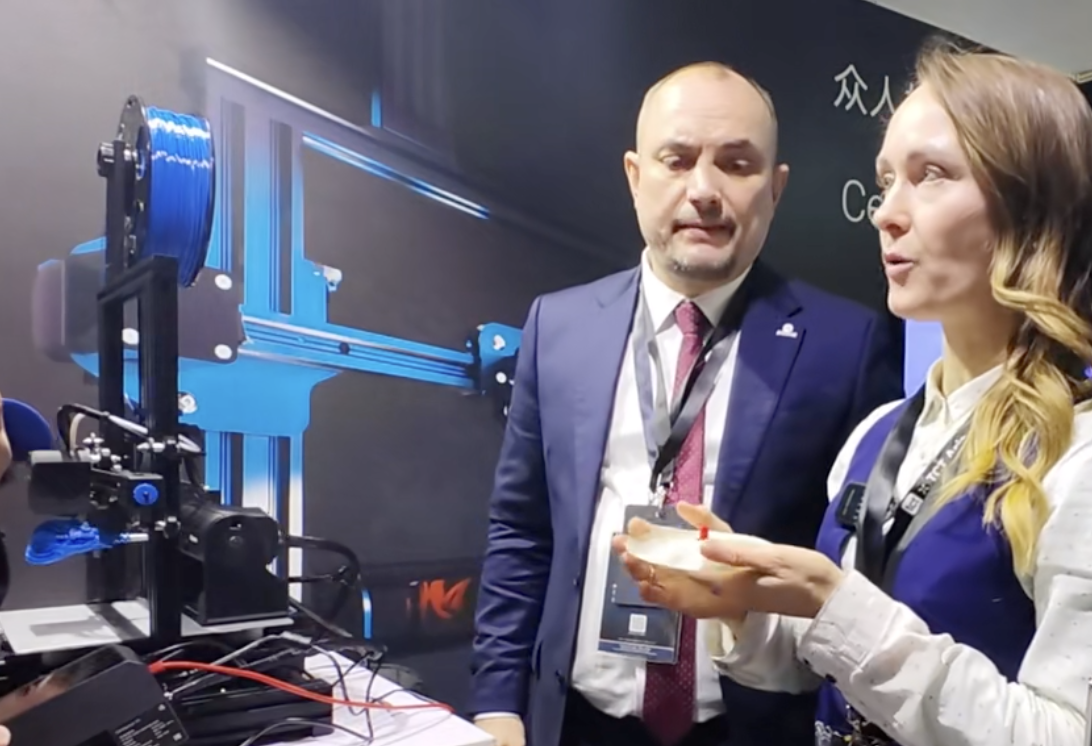“Hello! We are a 5D printing technology team from Russia.” A blonde Russian beauty and her tall, strong male companion greeted enthusiastically at the AM Yidao booth. The two of them were elegant and graceful, speaking Chinese with a slight accent, their eyes reflecting a strong desire for technological exchange. When they presented a seemingly ordinary yet revolutionary printed sample, all eyes in the room were immediately drawn to it. “This is our 5D printing technology. No support is needed, and the strength is 10 times higher than traditional 3D printing.” This simple introduction marked the beginning of a technological revolution in the field of additive manufacturing.

When 3D printing meets a breakthrough in freedom
Though 3D printing has developed over the years, it has always been limited by its inherent layer-by-layer stacking process, requiring extensive support structures and unable to produce printed products with consistent strength in multiple directions. The 5D printing technology developed by an innovative team from Russia not only solves these issues but also enhances the strength of printed products by an astonishing 10 times. This technology has already attracted high-end users, including Russian President Putin, and is seeking Chinese partners with plans to produce one million 5D printing devices annually.
Five-axis freedom: the core of 5D printing technology
What is 5D printing? As the name suggests, this is a printing technology with five degrees of freedom. Unlike traditional 3D printers, which move in three directions, the 5D printing technology’s print head and platform can rotate freely in any direction, enabling full-range, support-free printing.
“You can easily see this: we don’t need any support. The printer starts printing from here and directly prints to here. When it needs to rotate, it rotates. Every direction can rotate; it’s all free.” This increase in freedom is not just a simple addition to the technical parameters, but a revolutionary change in the entire printing concept. Traditional 3D printing is limited by gravity and the layer-by-layer method, requiring substantial support structures to print suspended parts. These supports waste material, need post-processing, and sometimes even damage the surface of the model. 5D printing technology, through the collaborative rotation of the print head and platform, ensures that the printing path always maintains the optimal angle, completely eliminating the need for support structures.
Ten times stronger printed products
In the demonstration, the innovative team showcased two identical-looking objects: one printed with a traditional 3D printer and the other using 5D printing technology. Although they looked the same, their structural strength was vastly different. “When this object is printed, it continuously rotates, so it doesn’t need any support. Also, it prints in different directions: one direction here, another direction there, which increases its strength. This object is 10 times stronger than this one. We have certificates, and after conducting some verification tests, we confirmed that it is 10 times stronger.”
This massive increase in structural strength comes from the unique printing method of 5D printing. Traditional 3D printing’s layer-by-layer stacking results in much lower strength along the Z-axis (vertical direction) compared to the XY plane (horizontal direction). In contrast, 5D printing technology can continuously change the printing direction during the process, allowing the material fibers to be evenly distributed in all directions, thus achieving multi-directional structural strength. This has revolutionary significance for load-bearing components, functional prototypes, and end-use products.
From the inside out: Subverting traditional slicing concepts
5D printing technology not only adds rotational freedom on the hardware side but also fundamentally innovates the slicing algorithm. Unlike traditional 3D printing’s layer-by-layer slicing from bottom to top, 5D printing can achieve full-range printing from the center outward.

Leave a Reply